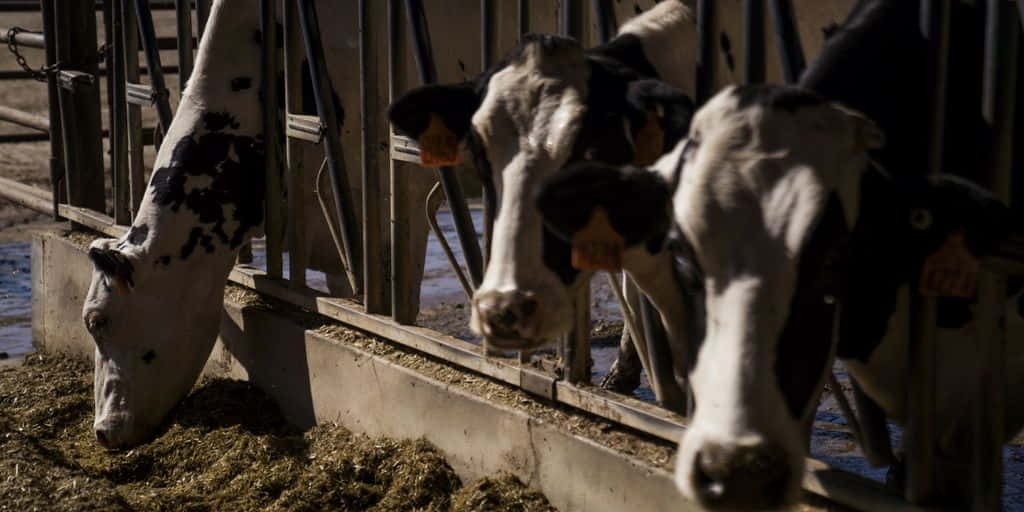The recent diagnosis of bird flu in a Michigan farmworker has raised significant concerns within the agricultural community and public health sectors. Bird flu, or avian influenza, is an infectious viral disease affecting birds, with some strains capable of infecting humans. The incident underscores the importance of vigilance, biosecurity, and public health measures in preventing the spread of this zoonotic disease.
The Incident: What We Know So Far
A farmworker in Michigan was diagnosed with bird flu after being exposed to infected poultry. This case marks a rare instance of avian influenza transmission to a human in the United States. Health officials have emphasized that the risk to the general public remains low, but the incident has prompted heightened surveillance and biosecurity measures across the state’s poultry farms.
Details of the Diagnosis
The diagnosed individual exhibited symptoms such as fever, cough, and sore throat, which are common to many respiratory illnesses but were identified as bird flu through laboratory testing. Following the diagnosis, the farmworker was isolated, and close contacts were monitored for signs of infection. The poultry farm where the exposure occurred has implemented stringent measures to contain the virus and prevent further transmission.
Understanding Bird Flu: Types and Transmission
Bird flu is caused by influenza viruses that primarily affect birds. The most concerning strains for humans are the H5, H7, and H9 types, with H5N1 and H7N9 being particularly notable for their ability to cause severe disease in humans.
Transmission Pathways
Bird flu viruses are typically spread through direct contact with infected birds, their droppings, or contaminated surfaces. Human-to-human transmission is rare but can occur through close contact. Preventing the spread involves rigorous biosecurity measures, including personal protective equipment (PPE) and strict hygiene practices.
Implications for Public Health and Agriculture
The diagnosis of bird flu in a Michigan farmworker has several implications for public health and the agricultural sector. It highlights the necessity for ongoing surveillance and rapid response strategies to manage potential outbreaks.
Public Health Response
Public health authorities have ramped up monitoring efforts to detect additional cases. They are also conducting awareness campaigns to educate farmworkers and the public about the symptoms of bird flu and preventive measures. Collaboration between health departments and agricultural sectors is crucial in mitigating the spread of the virus.
Agricultural Sector Impact
For the agricultural sector, this incident serves as a critical reminder of the importance of biosecurity. Poultry farms are advised to enhance their biosecurity protocols, including regular bird health checks, restricting farm access, and ensuring that farmworkers follow strict hygiene practices. The economic impact can be significant if outbreaks lead to the culling of infected flocks, affecting poultry supply and market prices.
Preventive Measures and Recommendations
Farmworkers
- Use of PPE: Always wear protective clothing, gloves, masks, and eye protection when handling poultry.
- Hygiene Practices: Wash hands thoroughly with soap and water after handling birds or equipment. Disinfect tools and surfaces regularly.
- Health Monitoring: Report any symptoms of respiratory illness to healthcare providers immediately and avoid close contact with others if symptoms develop.
Poultry Farms
- Biosecurity Protocols: Implement and enforce stringent measures, including controlling farm access and regularly disinfecting facilities.
- Surveillance: Conduct regular health checks on poultry to identify and isolate infected birds quickly.
- Training: Educate farmworkers about the risks of bird flu and the importance of biosecurity measures.
For Public Health Authorities
- Surveillance and Reporting: Maintain robust surveillance systems to detect and report cases promptly.
- Public Awareness: Engage in continuous public education campaigns about the risks of bird flu and preventive measures.
- Collaboration: Foster strong collaboration between agricultural sectors and health departments to ensure a coordinated response to outbreaks.
Conclusion
The diagnosis of bird flu in a Michigan farmworker underscores the critical need for vigilance and proactive measures to protect public health and the agricultural economy. By adhering to recommended biosecurity practices and maintaining robust surveillance systems, we can mitigate the risks associated with bird flu and safeguard our communities.
Source: Crainsdetroit

